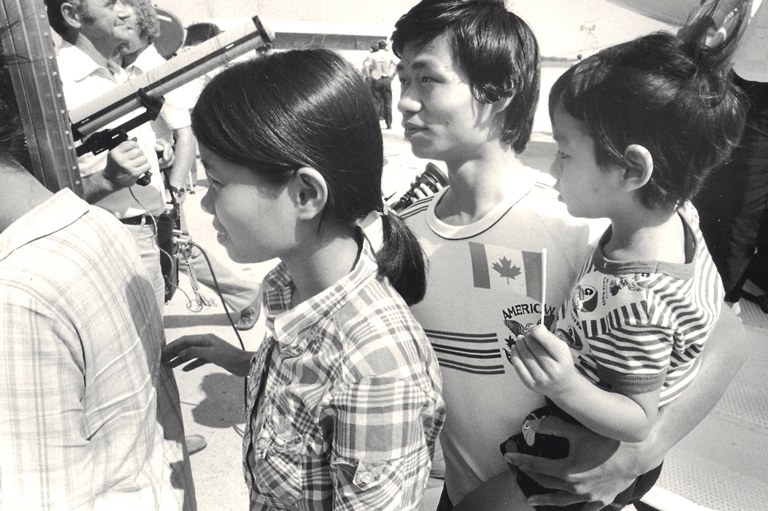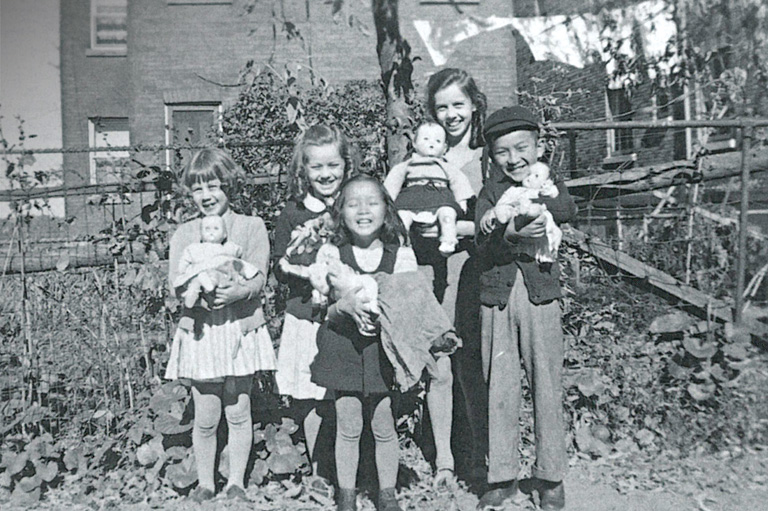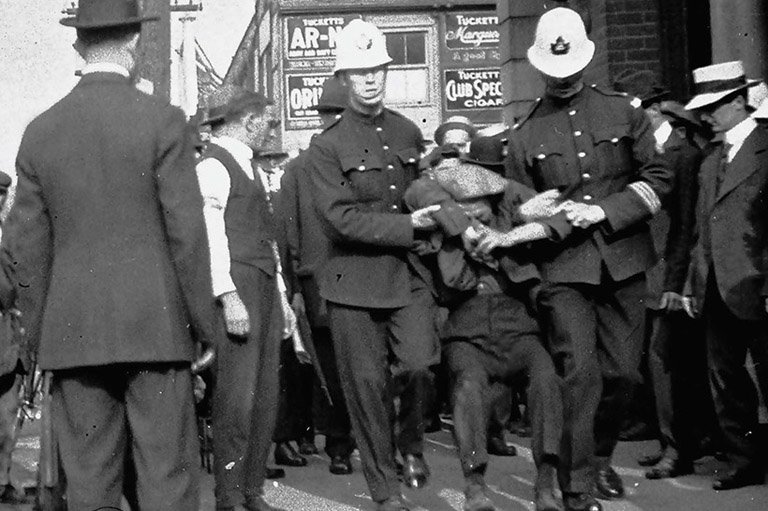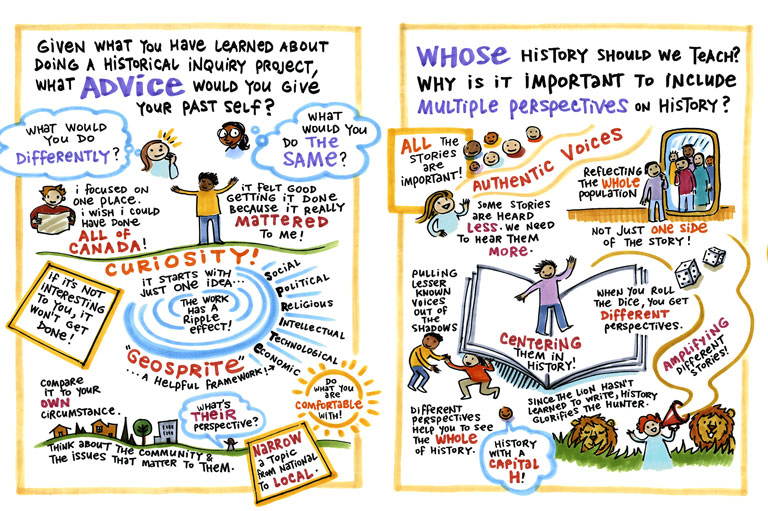Seeking Safety in Canada: Analyzing Canada’s Immigration History Through Stories
Grade Levels: 5/6, 7/8, 9/10
Subject Area: Social Studies, History, Geography, ELA, Civics
This lesson is inspired by the article “Seeking Safety” in the December 2020 issue of Kayak: Canada’s History Magazine for Kids.
Lesson Overview
In this lesson, students will examine various events in Canadian immigration history. Students will be asked to select the most significant events and evaluate Canada’s actions in a report card style task.
Time Required
1-2 lessons
Historical Thinking Concept(s)
- Establish historical significance
- Analyze cause and consequence
- Identify continuity and change
Learning Outcomes
Students will:
- Select significant events from Canada’s immigration history and evaluate them as contributing to progress or decline throughout Canadian history.
Background Information
First Peoples have lived in the territory we now call Canada since time immemorial. As time went on, people have come from all over the world to live in Canada, settling on traditional Indigenous territory. Many simply came because they wanted to. Many came to escape discrimination, hunger, war or lawlessness. Canada offered a safe place to live. Of course, that doesn’t mean that everyone who escaped here was welcomed, or that they were all treated as well as they should have been. But over the centuries our country has welcomed millions of new Canadians and offered them freedom, democracy and a new life. Read the stories of just some of them in the December 2020 issue of Kayak: Canada’s History for Kids.
Lesson Activity
Activating: How will students be prepared for learning?
Minds on activity: Ask students to read the article, “Seeking Safety in Canada.” Ask students to discuss with a partner the story they find most compelling or interesting, and one question that they have about the story they have selected. Ask students to share their responses with the class. The responses can also be recorded on sticky notes and posted at the front of the class.
Acquiring: What strategies facilitate learning for groups and individuals?
Explain to students that they will evaluate Canada’s immigration record using a school report card format, and may have to conduct additional research about the events in the article. They can visit Pier 21’s website to learn more about the short stories in the article.
Have students work in pairs to complete the report card on Canada’s immigration record. Students will establish historical significance by choosing 10 events from the article, and analyze each event by assessing it as demonstrating progress or decline in immigration history.
Applying: How will students demonstrate their understanding?
Have students share their thought process and overall assessment of Canada’s immigration record with the rest of the class.
Materials/Resources
- “Seeking Safety in Canada,” December 2020 issue of Kayak: Canada’s History Magazine for Kids
- Pier 21
- Report Card on Canada’s Immigration History
Extension Activity
Ask students to form pairs and research other significant events1 or groups2 related to immigration history that are not included in the article. Students can explain the events to the class, including why they are historically significant and whether they led to progress or decline for Canada over time. These could also be added to the report card activity.
For historical context, students can begin by researching broader questions:
- Has Canada’s immigration record changed or stayed the same over time?
- Were these developments an improvement (i.e. progress) or setback (i.e. decline) in how we treat immigrants?
- Did the changes improve Canada (i.e. progress), or did they make it worse (i.e. decline)? Progress/decline for whom?
- How did Canada’s immigration policy affect Indigenous peoples? How did life change for Indigenous peoples as more settlers came?
- What factors influence immigration policies in Canada? (examples: economic, security, political factors)
1 Events may include: Komagata Maru, Chinese Exclusion Act, M.S. St. Louis, Vietnamese Boat People, temporary foreign workers, U.N. Nansen Medal 1986 for providing aid to refugees.
2 Groups may include: those fleeing from war or persecution (e.g. Serbia, Iran, Sri Lanka, Afghanistan) or groups related to activism related to immigration policy such as The Sleeping Car Porters or Madhu Verma.
Themes associated with this article
Advertisement







